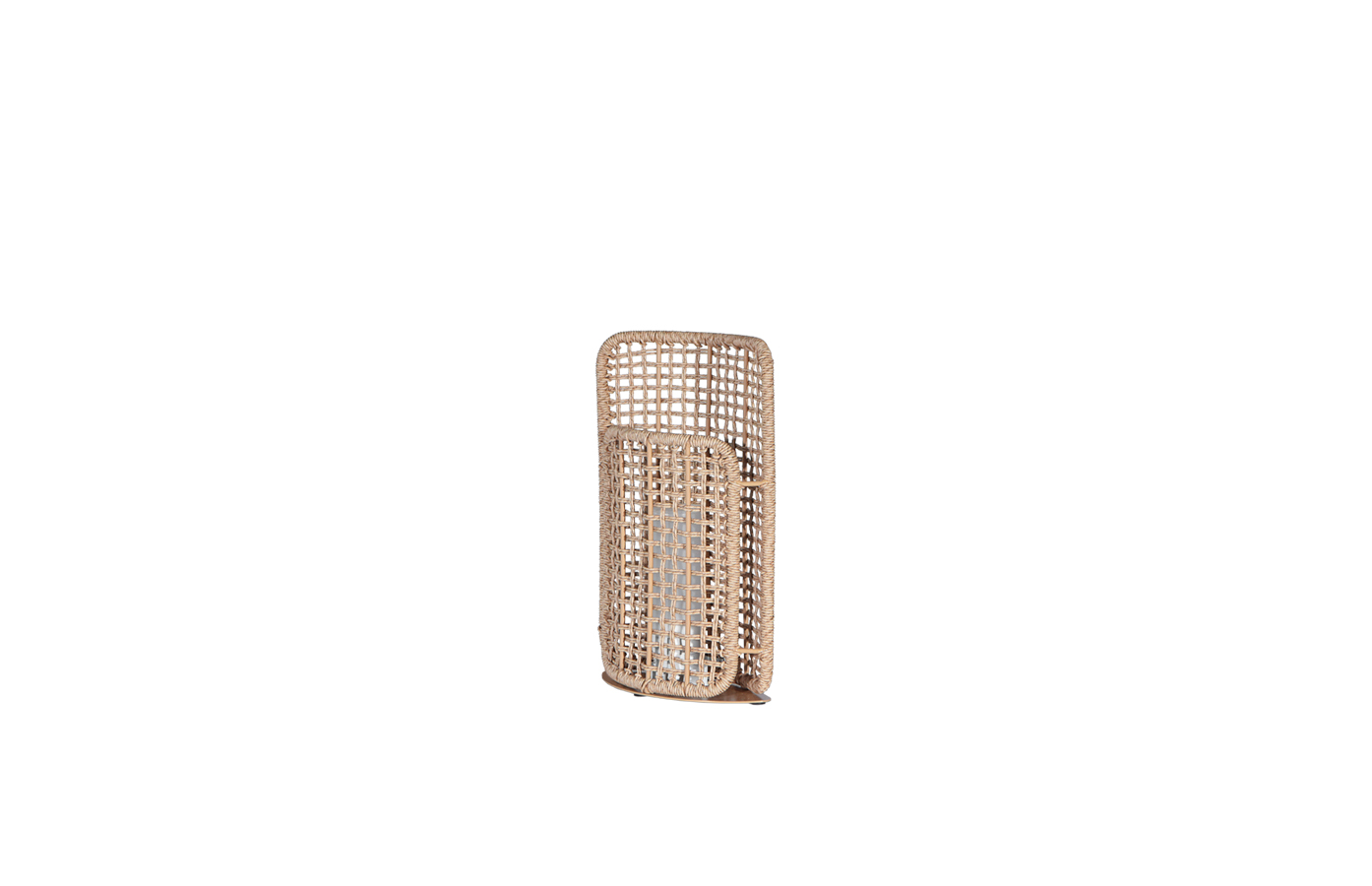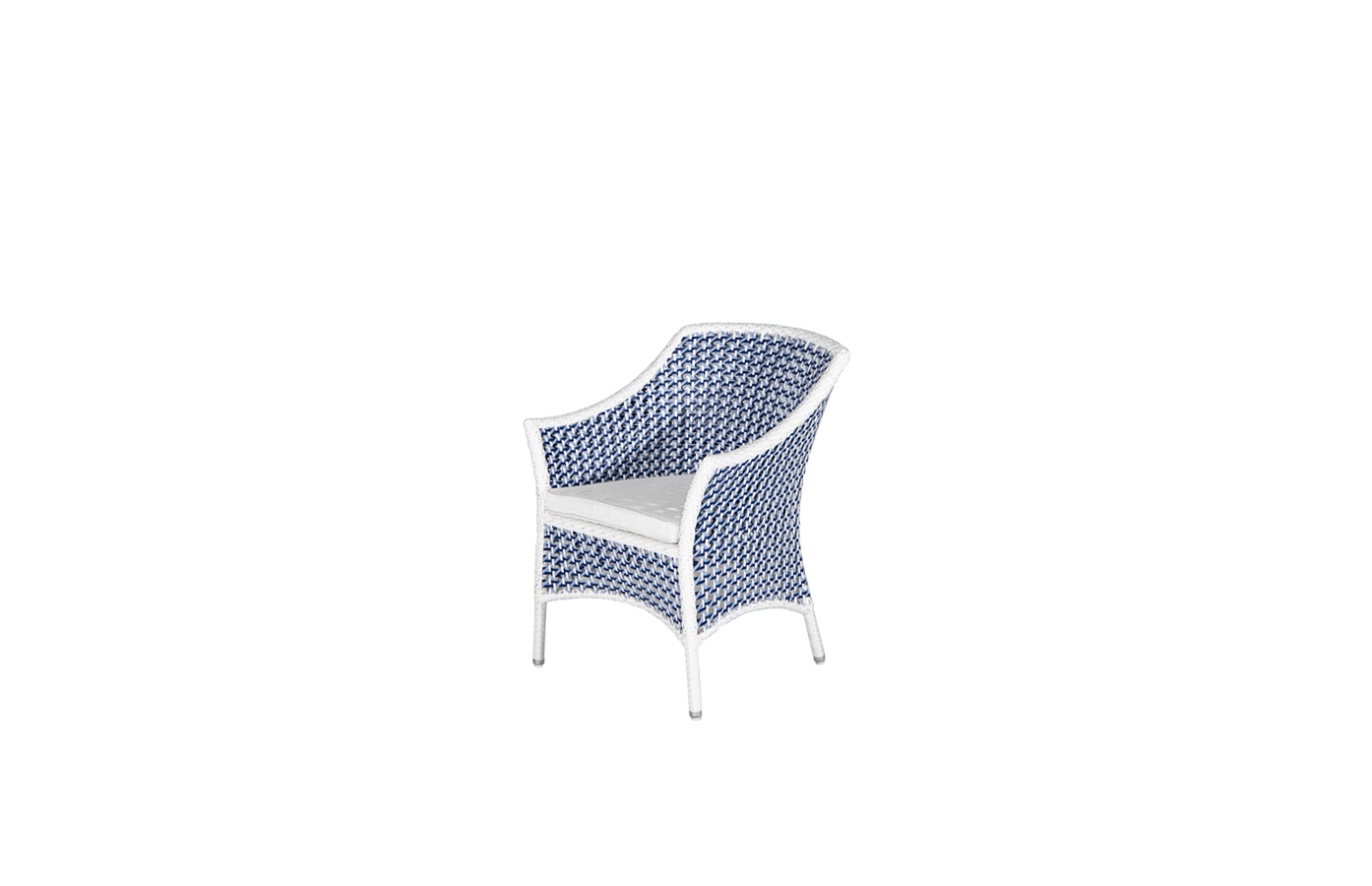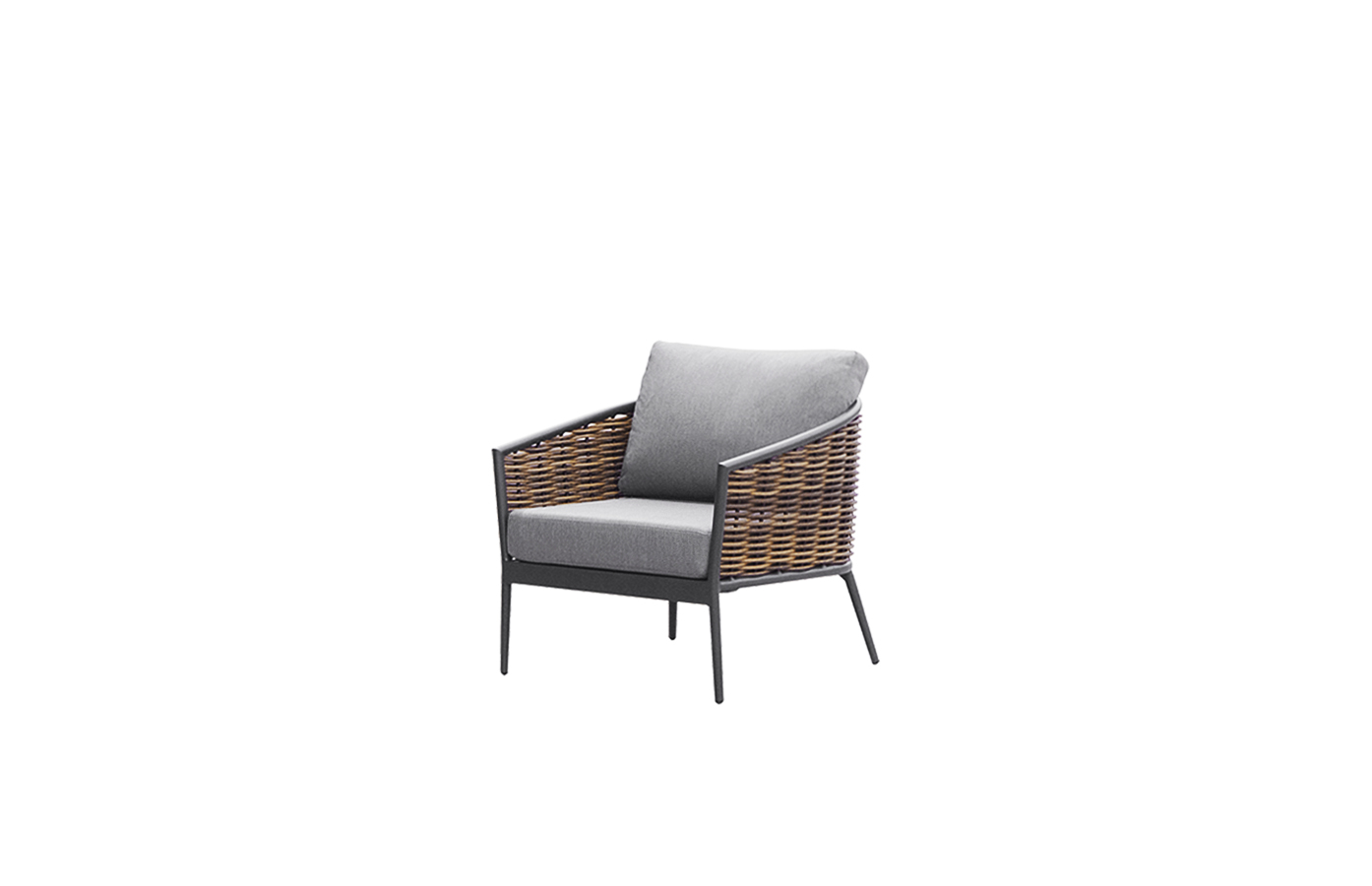
Exploring the Timeless Beauty and Versatility of Mountain Stone in Landscape Design and Architecture
Mountain stone has captivated the hearts of architects, landscapers, and nature enthusiasts alike for centuries. Known for its robust qualities and stunning aesthetics, mountain stone is drawn from ranges that rise majestically into the sky, offering a unique and varied array of colors, textures, and shapes. From rustic homes nestled in valley settings to contemporary urban landscapes, mountain stone has found its place as a top choice in both traditional and modern design. This article delves into the various applications of mountain stone, its benefits, and its integral role in enhancing the beauty of our built environments as well as our natural surroundings.

Exploring the Timeless Beauty and Versatility of Mountain Stone in Landscape Design and Architecture
What is Mountain Stone?
Mountain stone is a natural building material that is quarried from mountainous regions, presenting a rugged appearance and natural patina that improves over time. Composed mainly of granite, limestone, and slate, this stone comes in numerous shades—ranging from deep grays and browns to warmer reds and golds—allowing for diverse design possibilities. Its unique formations can create striking visual elements in various applications, making it a sought-after choice for both residential and commercial buildings.
Benefits of Using Mountain Stone

Exploring the Timeless Beauty and Versatility of Mountain Stone in Landscape Design and Architecture
1. **Durability:** One of the primary advantages of mountain stone is its remarkable durability. Resistant to weathering and deterioration, it can withstand harsh climates and environmental factors. This long-lasting quality makes it a cost-effective choice in the long run.
2. **Natural Aesthetics:** Mountain stone adds a timeless beauty to any project. Its unique textures and colors can effortlessly complement a wide range of design styles—from traditional cabana-style homes to sleek, modern constructions. The natural variations in the stone ensure that no two applications look the same, infusing individuality into every project.
3. **Sustainability:** Opting for mountain stone can also contribute to sustainable building practices. As a natural resource, it requires minimal processing compared to manufactured materials, thereby reducing the carbon footprint associated with production. Additionally, because it has a long lifespan, mountain stone minimizes the need for frequent maintenance and replacement.
4. **Versatile Applications:** Mountain stone can be used in a multitude of ways. It can serve as the primary façade for a building, accent stone for features such as chimneys or arches, or even as foundational support. In landscaping, it can form walkways, patios, retaining walls, and water features, integrating seamlessly into natural environments.
Applications in Landscape Design
In landscaping, mountain stone is a favorite due to its ability to blend harmoniously with the earth’s natural elements. Local parks, private gardens, and commercial landscapes benefit from the sturdiness and beauty of this stone. For example, mountain stone can be utilized to create terraced gardens or stone walls that offer both structural integrity and a natural aesthetic.
Water features, such as ponds and waterfalls, often include mountain stone to enhance their organic feel. The use of larger boulders in water features creates an illusion of a natural streambed and supports the local ecosystem, providing habitats for various aquatic plants and animals.
Applications in Architecture
In architecture, mountain stone is frequently used as both an interior and exterior material. Modern homes often incorporate mountain stone accents to create stunning focal points, such as fireplaces that anchor living spaces. Its use in outdoor terraces and patios adds an unparalleled charm that encourages outdoor living, making it perfect for entertaining or relaxation.
Furthermore, with the rise of eco-friendly building practices, more architects are incorporating mountain stone into their designs. Projects that reflect harmony with nature often feature mountain stone due to its inherent sustainability and natural beauty, reflecting the surrounding environment.
Conclusion
Mountain stone stands as a testament to nature’s artistry, offering both utilitarian and aesthetic value across landscape design and architecture. Its durability, versatility, and unique beauty make it a prime selection for home and landscape projects, whether in rustic cabins at the foothills of the mountains or in luxurious urban settings. As society continues to embrace sustainable building practices, mountain stone is poised to remain a top choice for creating spaces that harmonize with the natural world. Embracing the use of mountain stone not only enriches our living and working environments but also deepens our connection to the earth’s timeless beauty. Outdoor Patio Furniture



